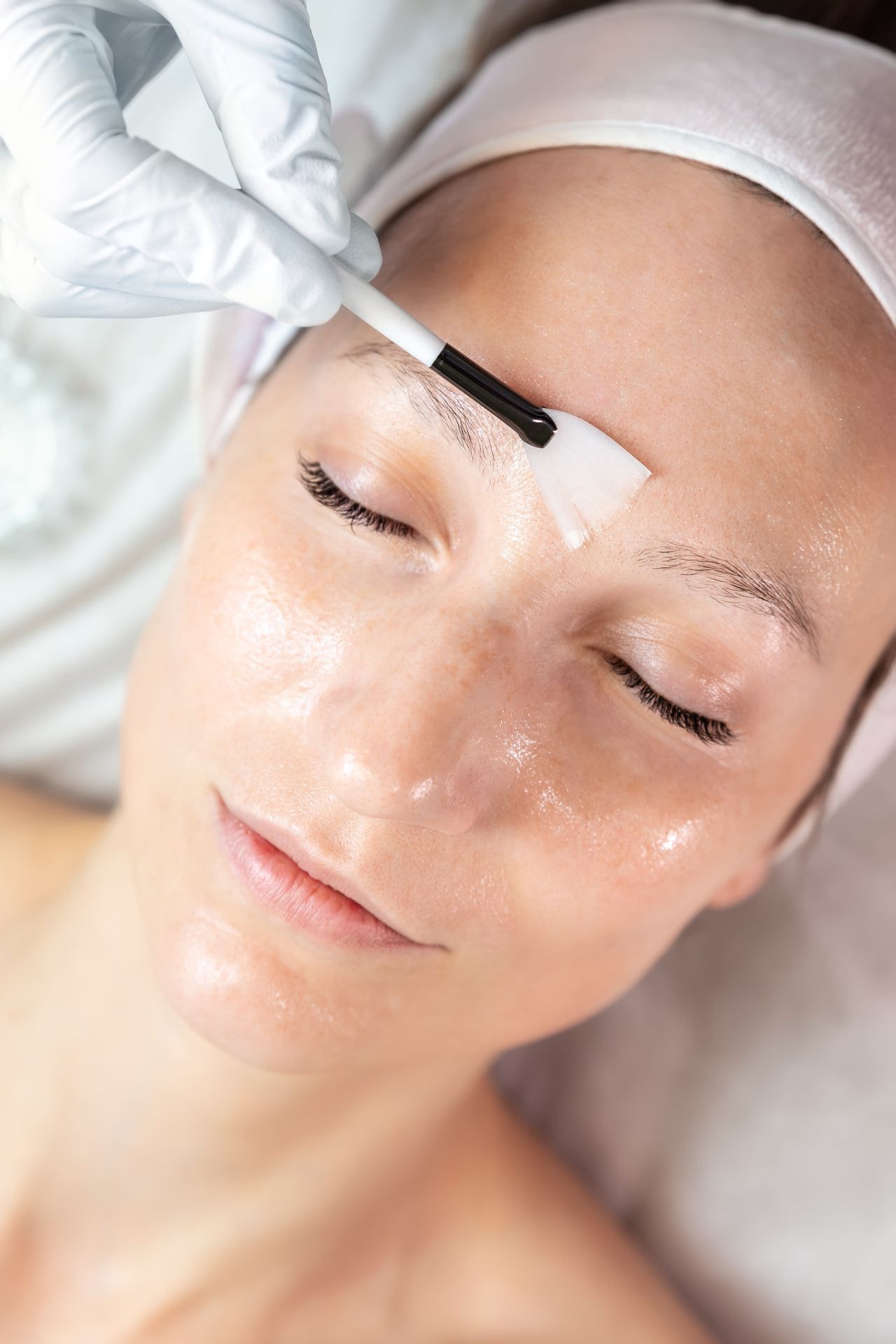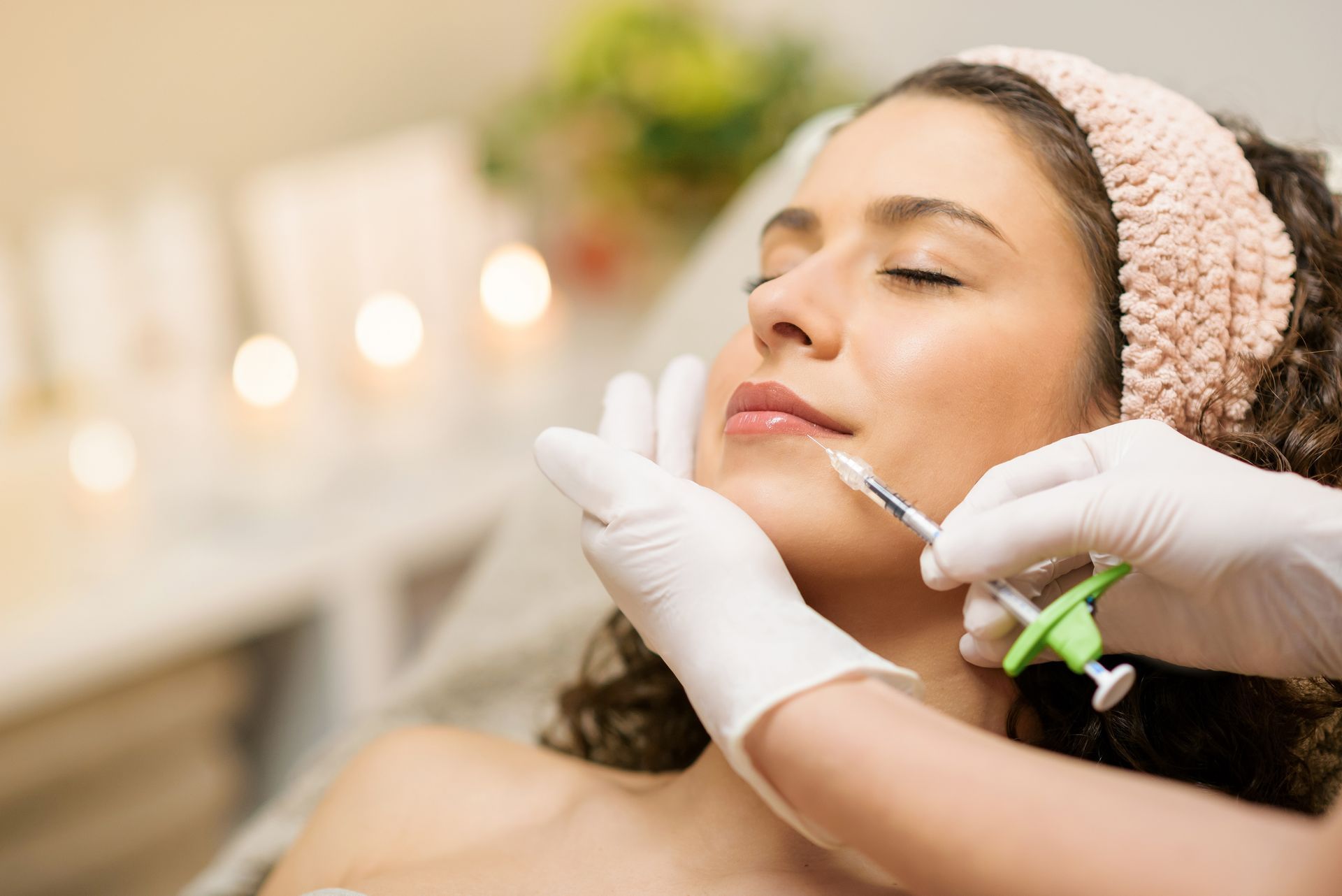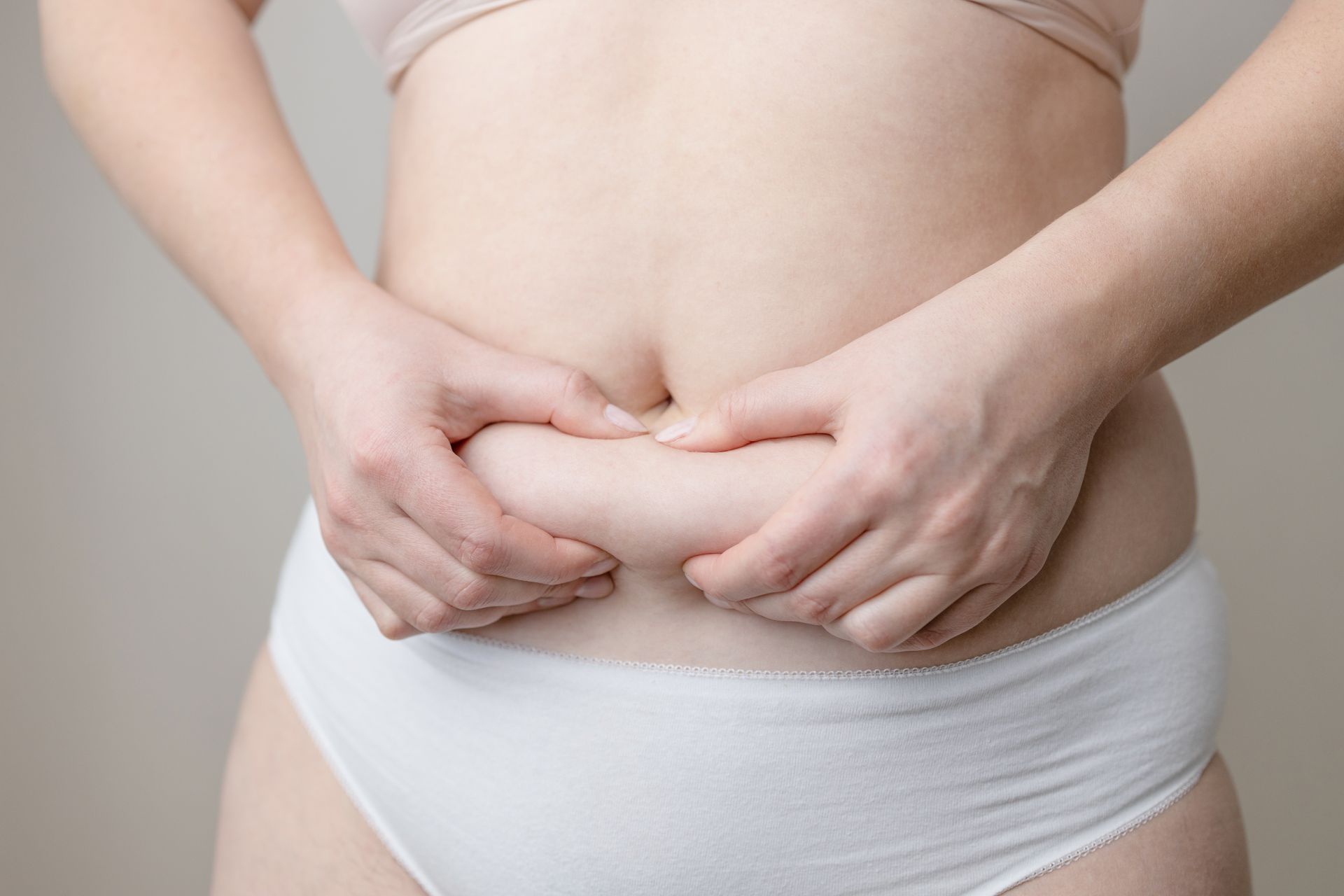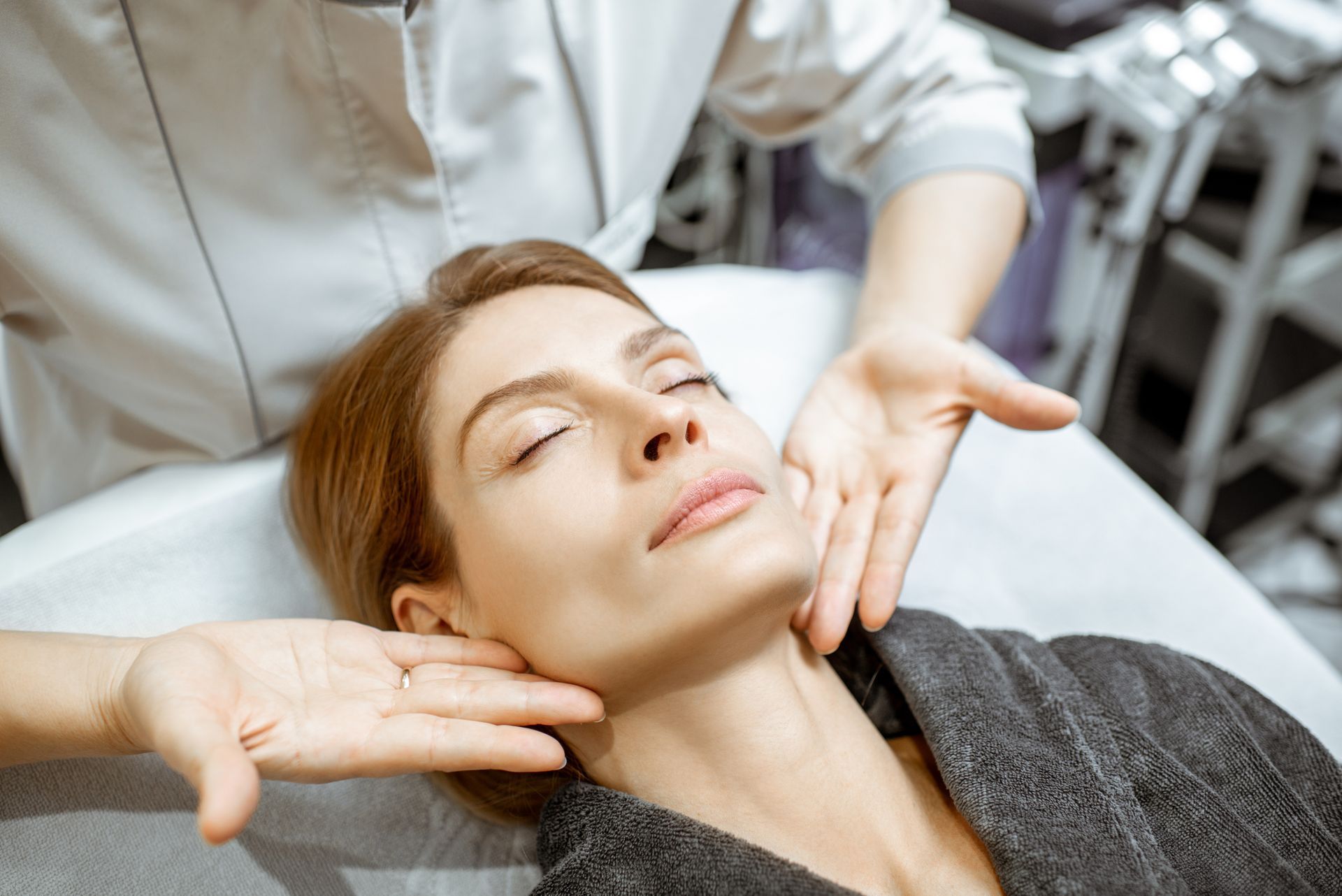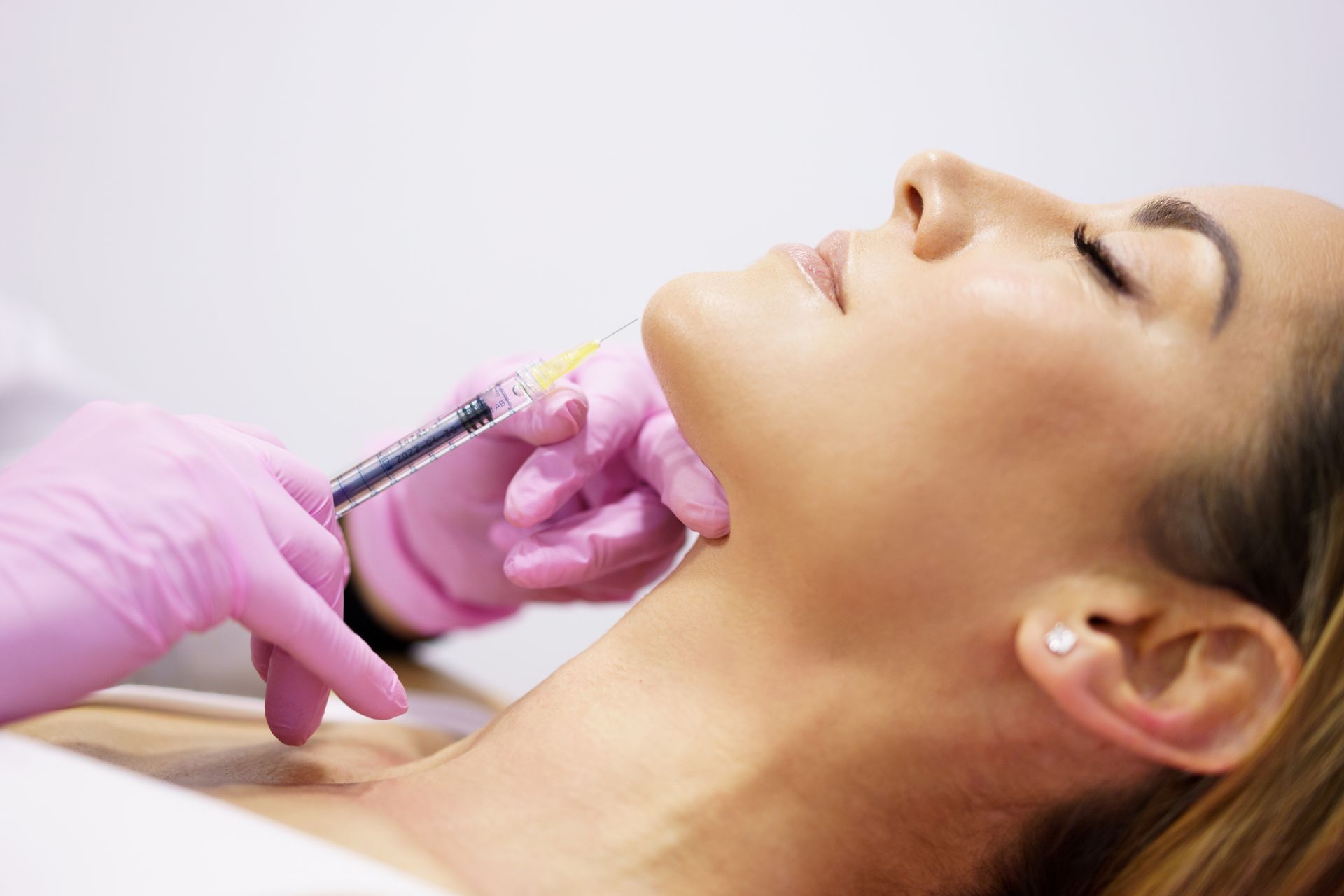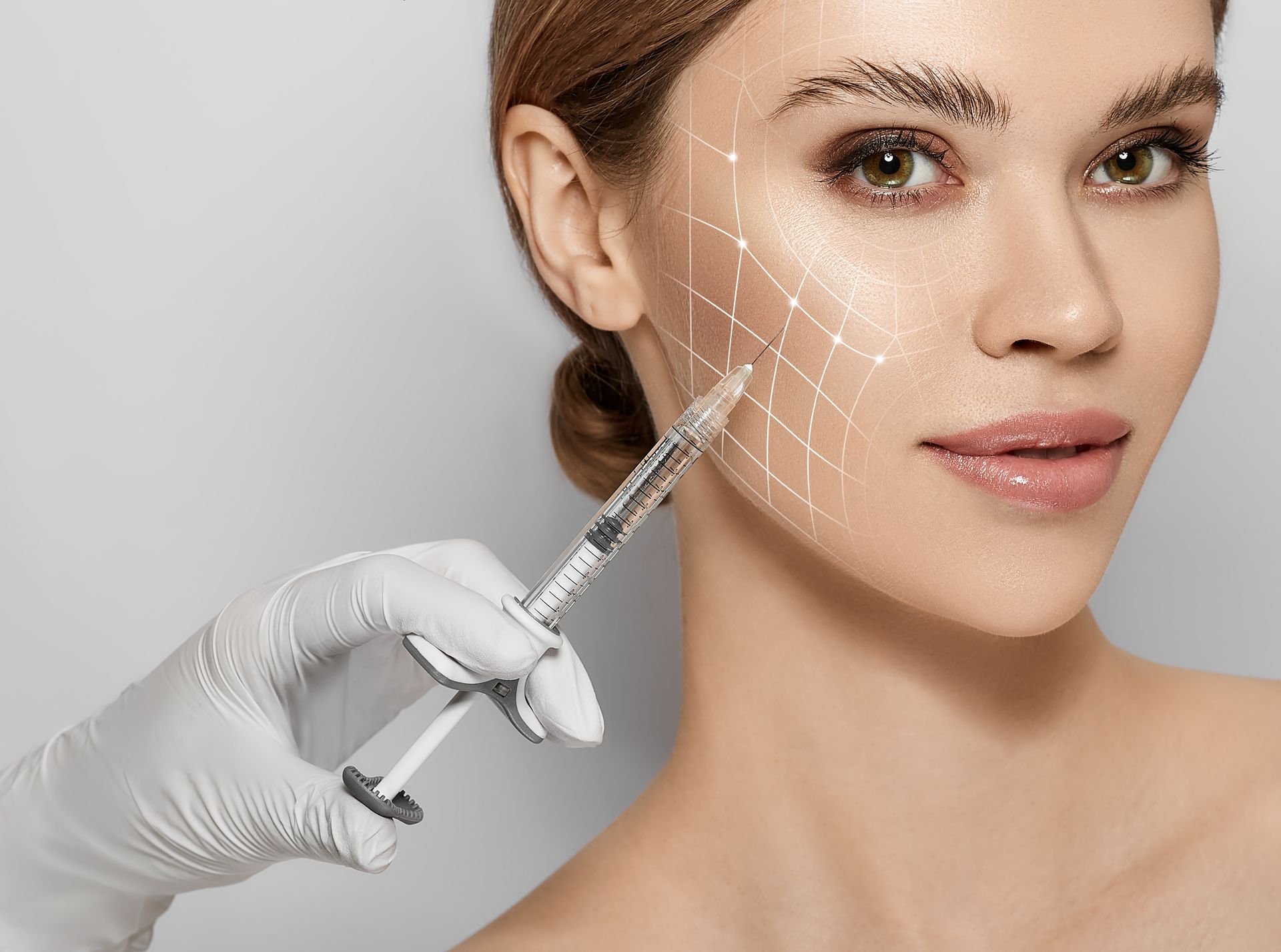CHEMICAL PEEL
Uncover Beautiful,
Younger-Looking Skin
Pre-Treatment Care
Before undergoing a chemical peel, it is important to take the necessary steps to ensure optimal results with minimal risk of side effects.
- Firstly, it is important for individuals to consult with a qualified professional prior to treatment in order to fully understand the procedure and potential risks associated with it. Patients should also inform their doctor of any allergies, underlying medical conditions or usage of certain medication as they may need additional precautions taken during the procedure.
- Sun exposure and certain skin care products such as Retin-A or other retinoids should be avoided as these can increase sensitivity and make skin more prone to irritation after the treatment. After consulting with their doctor, patients should keep up a regular routine of cleansing, moisturizing and protecting their skin from direct sunlight using sunscreen daily in order to minimize any potential side effects associated with the procedure.
- Patients should discontinue use of any exfoliants such as scrubs or AHAs (alpha hydroxy acids) one week before their appointment in order to reduce any potential irritation during treatment.
- You should also avoid waxing, bleaching or tweezing for at least two weeks before their appointment as this could affect how well the chemical peel works and lead to poorer results.
- Furthermore, some doctors may also advise that patients stop smoking and drinking alcohol for several days before the procedure in order to reduce any potential complications or adverse reactions associated with treatments involving chemicals such as TCA (trichloroacetic acid) peels.
Post-Treatment Care
After undergoing a chemical peel, it is important to take extra steps to ensure optimal results with minimal risk of side effects.
- Firstly, you should use sunscreen daily when exposed to direct sunlight as well as avoiding certain products such as retinoids which could break down the treated areas prematurely.
- Moreover, sun exposure during this time period should be minimized in order to reduce any potential discoloration of the treated area.
- Additionally, individuals should avoid exfoliation or any other treatments that may irritate the skin for at least one week after the procedure in order to allow enough time for healing and recovery.
- Patients should also keep their skin moisturized and hydrated in order to prevent any potential dryness or flaking from occurring due to over-exfoliation; this can be done by using creams and gels containing hyaluronic acid on a regular basis.
- Furthermore, those who have undergone deeper chemical peels may need to apply antibiotic ointment regularly for several days after treatment in order to prevent infection or scarring.
- In addition to regular skincare, you should also be mindful of certain lifestyle habits that could potentially disrupt their recovery process. This includes avoiding smoking and alcohol consumption during the weeks following treatment as these substances can weaken the skin’s natural defenses against environmental damage and lead to poor results.
By following these pre-treatment and post-treatment instructions and consulting with a qualified professional prior to treatment you can ensure you receive the best possible care while minimizing potential risks associated with these types of procedures.
Why Choose This Service
Chemical peels are a great choice for those seeking to achieve smoother and more youthful looking skin without resorting to surgery or other invasive treatments. Compared to other skin treatments such as lasers and microdermabrasion, chemical peels provide fast yet long-lasting results with minimal discomfort and no downtime. They're also a great option for those who may be worried about potential side effects associated with direct contact procedures such as burns, scarring or discoloration since all active ingredients are applied externally

